SEP IRA Retirement Plan for Your Business
Determine if a SEP IRA is the best retirement plan for your business. This short guide walks you through the features, limits, and rules.
As a self-employed individual or small business owner, you have the ability to establish a simple and cost-effective retirement plan for you and your employees. There are a few options available, but one you may want to consider is the simplified employee pension (SEP) IRA.
What is a SEP IRA and how does it work?
This plan type is an attractive choice for self-employed individuals or small business owners who want to maximize their own retirement contributions.
What is a SEP IRA?
A SEP IRA is an employer-sponsored IRA set up for employees. Contributions are made by the employer only, although employees may be able to make separate traditional IRA contributions into the account.
Who Can Set Up a SEP IRA?
This type of IRA is suitable for corporations, sole proprietors, partnerships, nonprofit entities, and anyone with a side business in addition to a full-time job.
Features of a SEP IRA
- SEP IRAs are low-cost plans that are easy to establish and maintain because there are minimal IRS filing requirements and no annual compliance tests.
- Contributions do not need to be made every year; however, when contributions are made, the same percentage of compensation must be made for every eligible employee.
- Employers must make the plan available to employees who have reached age 21, worked three out of the previous five years (nonsequential), and earned at least $600 in compensation in 2020.
- Employer contributions may be tax deductible for the employer.
- An employee cannot make salary deferrals to a SEP IRA because the plan is employer-sponsored. But employees can make traditional IRA contributions to the account if they choose not to open a separate traditional IRA. There are advantages and disadvantages to doing this; please consult your financial advisor for more details.
Maximum Annual Contribution Limits and Rules
Employer contributions are based on the first $285,000 for 2020 and cannot exceed the lesser of:
- 25 percent of the employee’s W-2 compensation (or 20 percent for a sole proprietor filing Schedule C) or
- $57,000 for 2020
Example: If an employee earned $70,000 in 2020, as reported on her W-2, 25 percent of her pay would be $17,500, less than the maximum limit of $57,000. Therefore, the employer could contribute up to $17,500 into the SEP IRA for this employee.
SEP IRA contributions do not affect the aggregate salary deferral limit, assuming that the employers are different.
Example: If a company employee participated in the company’s 401(k) but also had his own small business with a SEP IRA, he could max out the contributions to each. But if the business owners are the same, total employer/employee contributions cannot exceed $57,000 for 2020 ($63,500 if the employee is 50 or older).
The deadline to establish and contribute to a SEP IRA is the employer’s tax-filing deadline, including a six-month extension period, if one is filed. That means a sole proprietor with a filing deadline for the 2020 tax year of April 15, 2021, has until October 15, 2021, to open and contribute to a SEP IRA if an extension is filed. An S corporation with a filing extension would have until September 15 because its tax-filing deadline is March 15, rather than April 15.
Distribution Rules
SEP IRA distribution rules are the same as traditional IRA rules. Distributions are taxed at current income tax rates in the year of distribution. If the employee is younger than 59½, the 10 percent premature distribution penalty may apply. Exceptions to the premature penalty are as follows:
- Reaching retirement age of 59½
- Death of participant
- Disability of participant
- Qualified higher-education expenses
- Qualified first-time home purchase (up to $10,000 per lifetime)
- Unreimbursed medical expenses (more than 10 percent of adjusted gross income; 10 percent if younger than 65)
- Health insurance premiums paid while unemployed
- Series of substantially equal periodic payments (i.e., SEPP or 72(t) plan)
For employees who are 72 and older, required minimum distributions must be taken annually, even if the employee is still working.[1]
Getting Started With a SEP IRA
Paperwork requirements vary from institution to institution, so it’s important to consult a financial advisor if you wish to establish a SEP IRA. Generally, an adoption agreement and IRS Form 5305 are required. A SEP IRA must be established by your business’s tax-filing deadline for that year, including extensions.
Whether you are looking to maximize your own retirement savings or help your employees save for theirs, a SEP IRA could be a great retirement plan choice for your business. With the time and effort you will save on this simple and easy-to-maintain plan, you can focus on what matters most—growing your business!
[1] For employees who turned 70½ before January 1, 2020, required minimum distributions must begin at age 70½.
This material has been provided for general informational purposes only and does not constitute either tax or legal advice. Although we go to great lengths to make sure our information is accurate and useful, we recommend you consult a tax preparer, professional tax advisor, or lawyer.
© 2025 Commonwealth Financial Network®
Latest News
Big News for Retirees: Social Security Fairness Act Repeals WEP and GPO
March 27, 2025
If you or your spouse have worked in both the public and private sectors—or if you’re currently drawing a government pension—there’s important news that...
READ MORE...Managing Taxes on Your Investments
February 19, 2025
Presented by Scott Portlock CFP®, CLU® When it comes to your money, it’s not what you earn, it’s what you keep. Here are some ideas that may help le...
READ MORE...Protecting Yourself from Identity Theft
February 13, 2025
Presented by: Ben Murphy, CPA, PFS™, CPFA® You may be like most people. You believe that identity theft could never happen to you. Then, one day, y...
READ MORE...Loading...







